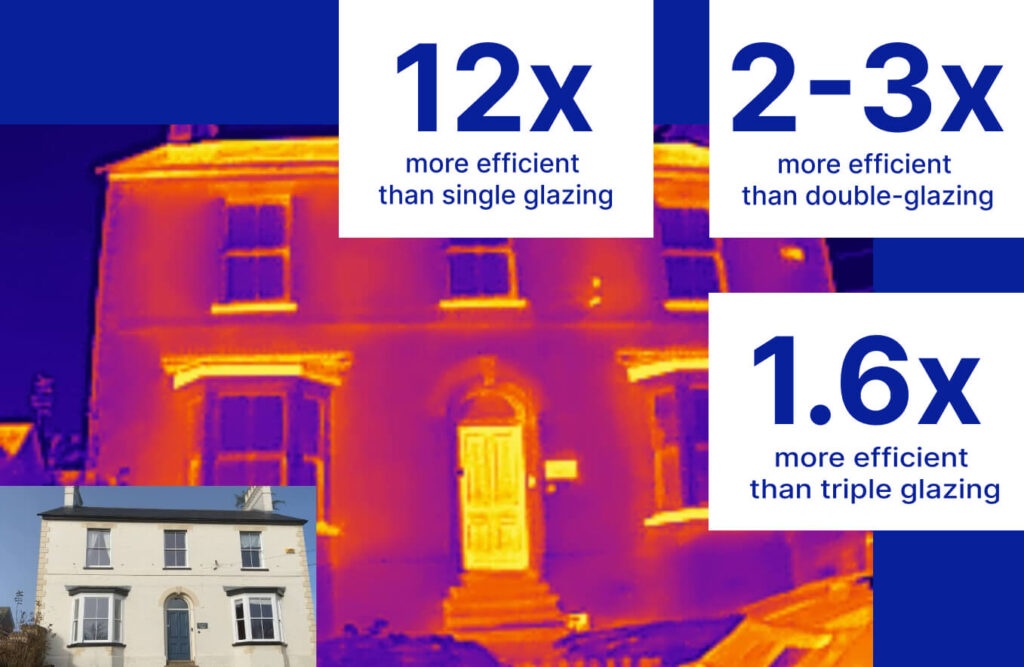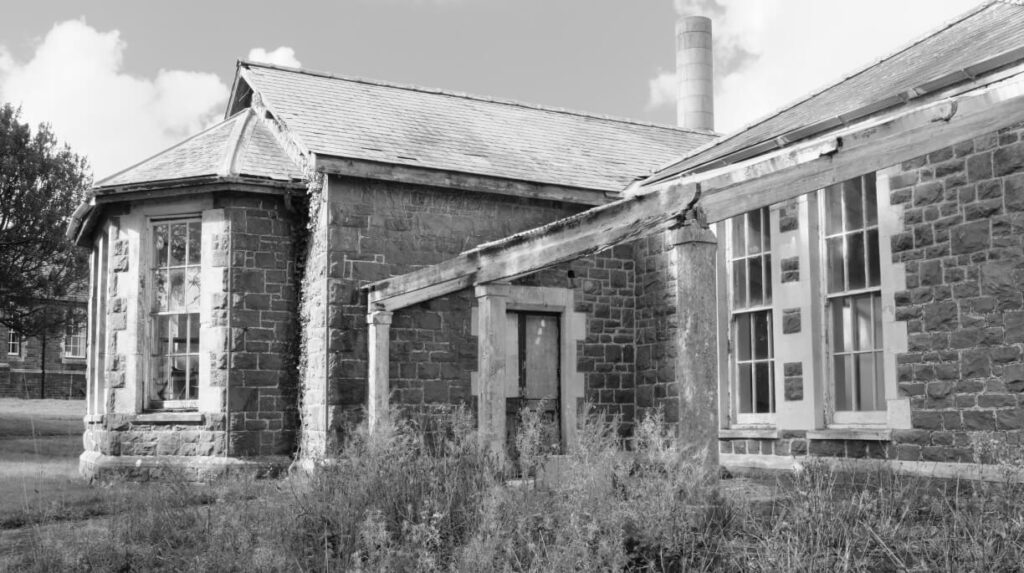
If you live in a conservation area and are looking into sash window restoration services, you likely have plenty of questions.
Can you replace your original windows, do you have to leave your wooden windows to rot away before you can have replacements installed, and more?
Well, here’s everything you need to know about repairing, replacing and restoring wooden windows in a conservation area.
Conservation areas explained
In the UK, authorities establish conservation areas to protect places with historical or architectural interest. Places where it is desirable to preserve, protect and enhance the appearance and character of certain areas.
This means that in conservation areas, any work on a historic building must have planning permission from the planning authority under Article 4 Direction.
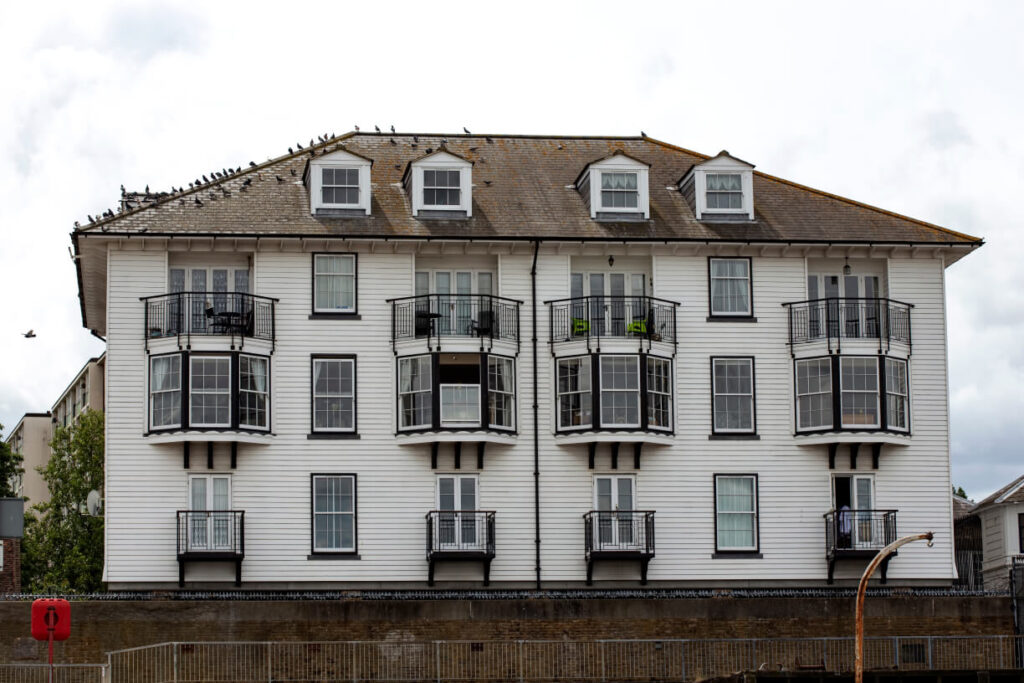
Article 4 Direction
Article 4 direction limits the work that property owners can undertake without planning permission from the local council. For example, for those who don’t live in a conservation area, people in a fairly modern home, for example, can have double glazing installed without informing their neighbours, let alone the local council.
However, Article 4 direction states that homeowners can make minor alterations to period homes without permission. But anything major (like repairing or replacing your windows) must have permission.
Now, minor alternations to your home could be painting your windows the same colour as they are now.
This protects the historic windows, and the appearance of your property doesn’t change.
However, if you were to paint the windows differently, you may need planning permission because you are changing the look of your property.
Planning permission
Before making any changes to timber sash windows or traditional single-glazed windows in a conservation area, you need to understand the strict planning regulations.
For major alterations, such as modifying the style of window or changing the original design, you’ll need to submit a building consent application to your local authority.
This process ensures that any work preserves the architectural features and historical significance of your period property.
For example, updating original features like window horn details or replacing timber sashes with modern materials like aluminium windows could result in a planning application denial if they alter the appearance of the property.
Navigating the complex planning process
The planning process can be complex, particularly when restoring or replacing windows in a conservation area.
Property owners may need to submit detailed scaled drawings of the building elevations and explain how their restoration project complies with conservation planning laws.
To avoid delays or rejections, homeowners should work with a compliant window installer who understands conservation area rules.
When should I replace conservation area windows, and when to repair them?
Unless the wooden windows in your home are completely rotted away, and there is no saving them at all, most councils won’t grant planning permission for modern uPVC double glazing to be installed.
So replacing wooden sash windows or casement windows with modern glazing units is very unlikely to happen.
However, you can repair and restore your windows and retrofit modern double glazing into the existing frames. This doesn’t change the appearance of your home at all, so the council is happy, and the energy efficiency of your home is massively improved, so you’re happy too.
In most cases, replacement windows, unless they are an exact match for your existing windows, are just not likely to happen in a conservation area. Instead, though, repairing and restoring your existing windows is a perfect solution.
Refurbishing and retrofitting double glazing is as effective as new windows
Repairing any rotten wood in your original sash windows and retrofitting ultra-thin double glazing and modern draught-proofing is just as effective as installing uPVC windows.
Windows in conservation areas can be renewed using this method, and it won’t change the look of your property at all.
During all of our window restoration projects, we use vacuum-sealed double glazing. This is just 7.7mm thick, so we can install it directly into the existing windows frames.
The glazing bars on your windows are not affected, and neither is any of the structure of the window. So the exterior of your property looks exactly the same.
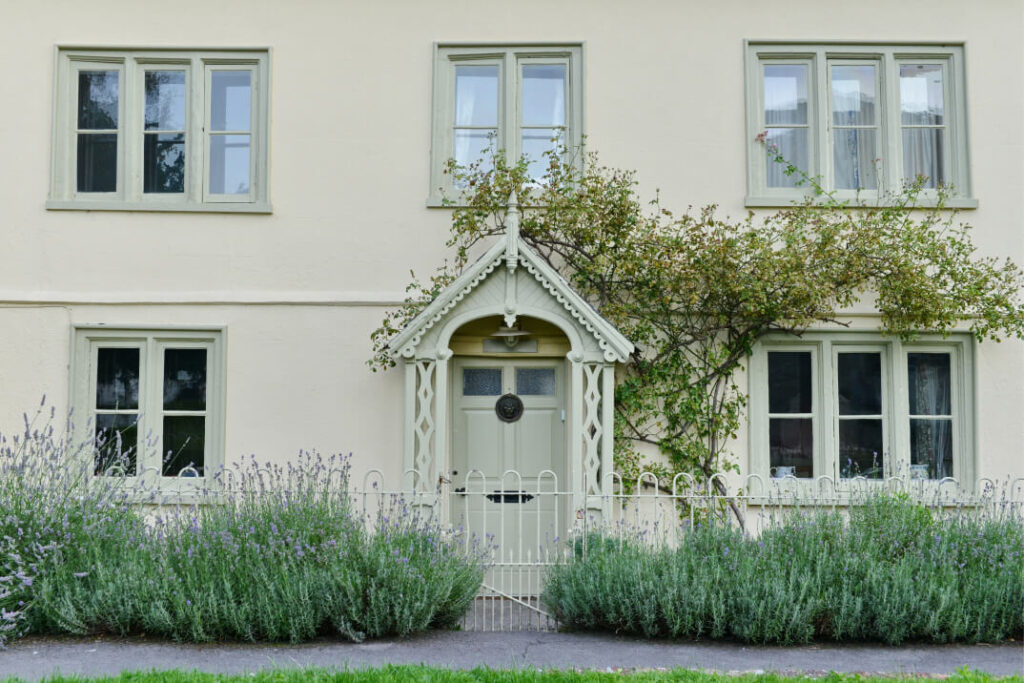
The interior of your home looks identical too. Unlike secondary glazing, which does change the appearance of the inside of your home, as well as how you use your original windows, our glazing options do not at all.
You can use your windows in the same way you always have, but they will be much more energy efficient.
The pros and cons of conservation area windows replacement
Replacing your current windows with modern double-glazed units does have its pros. And even though we are in the business of restoring wooden windows, we feel it’s important to tell you about these pros so that you can make an informed decision as to which window service is better for your home.
Pros
- Better thermal efficiency than your original timber windows
- Better noise prevention than the original window design
Cons
- Changes the look of your home forever
- It isn’t typically possible unless your windows are in a state of disrepair.
- Much more expensive than repairing your existing windows
The replacement of windows in a period home is a risk, in our opinion.
A beautiful original building can be changed forever if you replace the windows with aluminium or uPVC windows.
Instead, restoring the original windows and retrofitting double-glazing into them doesn’t change the style of your home at all.
It keeps all of the beautiful characteristics intact and preserves them for generations. All while offering the same energy-efficient properties as modern equivalents.
Upgrade single glazing with heritage double-glazed units
We use vacuum double glazing in all of our restoration projects. This is vacuum-sealed double glazing with a very thin profile. It is just 7.7mm-8.3mm thick depending on the configuration. This means we can install it into heritage windows and not change their look at all.
However, because it is vacuum-sealed and not gas-filled, it has the same thermal properties as triple glazing, which is 44mm thick.
The U-value of the double glazing we use is 0.7, the same as triple glazing. U-value is the measurement of the heat transfer between the outside of your home and the inside.
Your current windows likely have a U-value of 5.6. And modern double-glazed windows have a U-value of between 3.0 and 1.2, depending on the gas used.

So, by upgrading your single-glazed window and retrofitting double-glazing into the original sash window frames, we can massively improve your home’s energy rating and reduce energy bills.
Modern windows, when installed into heritage homes, greatly change the appearance and actually don’t work as effectively as the glass that we can install in your original window frames.
Unless, of course, you shell out even more money for triple glazing.
Plus, the cost of installing modern glass into your home is often dramatically more than restoring your current windows, and building regulations and planning authorities often won’t let you anyway.
Heritage double glazing
In our opinion, heritage double glazing is the only way to go when it comes to installing double glazing into a listed building. It keeps the beautiful charm and character of your building intact, and the windows have a much-improved energy rating.
You are also much more likely to get planning permission for work involving restoring your old windows rather than replacing them.
As the changes we make are all internal, there is no visual difference to your windows, which is what conservation areas are concerned with.
However, internally, your windows will have modern window technology, bringing them into the 21st century while still appearing beautifully historic.
To find out more about retrofitting double glazing into existing sash and casement windows in a conservation area, please get in touch.
If you aren’t sure where to seek planning permission or need more advice about whether replacing or repairing your current windows is the right choice, we’re happy to help you.
Read more articles

0% VAT on draught-proofing services
0% VAT on draught-proofing services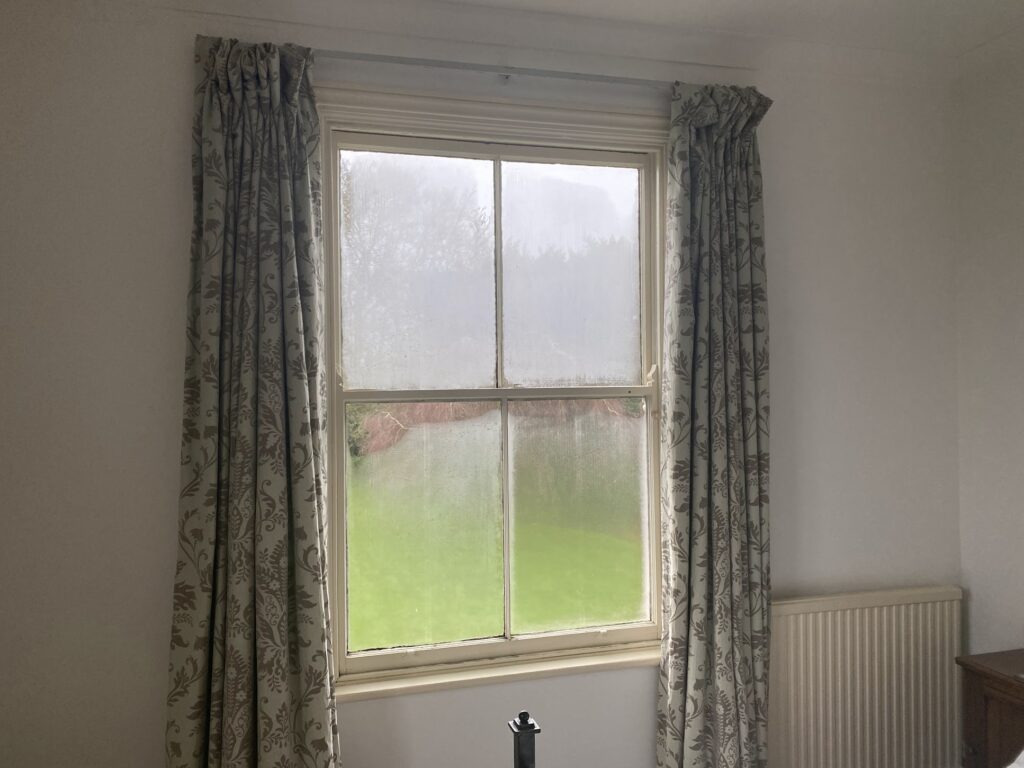
Single glazing condensation and how to fix it
Single glazing condensation and how to fix it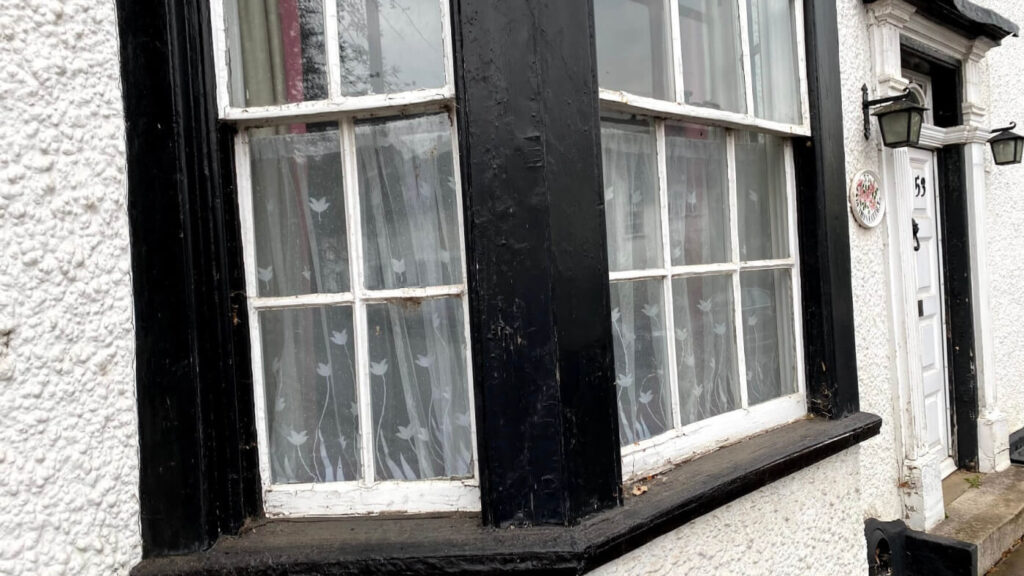
Bay window history
Bay window history
